![]() nota tecnica xxii
La Sueca Mocha o de Montaña
nota tecnica xxii
La Sueca Mocha o de Montaña
The Swedish Fjällbreed and the Milk.
Today there is quite extensive information available on the different kinds of Caseins present in the milk of the Fjäll breed. Two crops of young bulls from the Alebäck Bullstation were tested in the -90 ies and more recently some tests have also been done on bulls that are available through Viking Genetics. Some cows of the breed have also been tested with private financing. Today it seems clear that as to the prevalence of Kappa casein in the milk, the Fjäll breed is vastly superior to all other Swedish dairy breeds. No other Swedish dairy breed has got such a complete setup of useful caseins in its milk. It would seem as if the Fjäll breed is in fact a World Leader for this trait, important for the efficient production of cheese !! Of its 47 tested bulls, 80 % test positive for Kappa casein ! What do these results tell us and what conclusions can we make from them?
Kappa Casein
The Fjällbreed is undoubtly a blessed breed as to the presence of Kappa casein B in its milk. This casein is vital to the production of cheese and is thought to double the amount of cheese obtained as compared to that of the milk of AA cows, who lack the B variant in its genetic set up. The more of the B variant we have in the milk, the better the result obtained in the cheese making. This is an extremely important fact when considering the economy of cheese processing.
Of the 47 fjäll bulls tested, 46 had the B gene and 28 had the double presence : BB, a prevalence which is quite unique among the world’s Dairy breeds. The results of the tests show an overall result of 80 % of the tested bulls carry the B gene. This is an astonishingly high frequency, especially if we bear in mind that until now we have not been intentionally selecting for this trait !!
As to the Fjällnära bulls, 9 are now tested and it is heartening to see that the incidence of the B trait has increased with the newly tested bulls. All together 40 % of the 9 bulls has the B trait present. It would seem as if the animals that originate from Funäsdalen and Klövsjö have the most desirable cheese qualities, while the bulls from Biellojaure and Lillhärjeåbygge are poorer in good characteristics for cheesemaking.
One may wonder why the “Fjällnära” bulls have such a big difference in the frequency of the B trait, as compared to the bulls of the Fjäll breed. We may presume that it is a result of these original herds being very closed. Prolonged inbreeding, if not strictly controlled and monitored, can easily led to undesirable genetic results. This is something that we should always bear in mind when trying to maintain small populations.
It is really wonderful news for the future of the Fjäll breed to see that the important B- trait is so firmly anchored within all three groups of our Three Family Group breeding system ! This fact makes it possible to select for and increase the presence of this trait without losing genetic width within the breed.
We should be humble and grateful for the fact that it seems as if the two most important bulls of the breed during the last 20 years, 6715 Lage and 940 Hompen, both were positive for Kappa casein B, maybe even in its double variation. Had they - or any of the more frequently used bulls - been AA, the situation today could have been quite different. To unknowingly having reached an 80 % prevalence for this unique trait, is like winning the lottery !!
2010
Thanks for not having to cope with the presence of Kappa Casein E!
We should be especially grateful that it seems as if the Fjällbreed is virtually free form the Kappa casein E gene. This gene seems to be present in 10 % of the Swedish SRB and Holstein herds and in 20 % of the Rödkulla breed. This variation of the Kappa casein is very undesirable from cheese making point of view, as it makes for a more liquid curd ( ostmassa) and more of the fat and protein is lost in the whey during the processing of the cheese.
This might be a reason for the poorer results today on many Swedish and Finnish Cheese factories.
Beta Casein
Beta casein seems to be a topic for disagreement regarding its influence on the quality of the milk. The usual varieties of the Beta casein is A1 and A2, but when testing our bulls, we also found another type : Beta Casein B, in two of our bulls. At the time there was a discussion in Sweden on the possible causes for infantile diabetes and we were told by Dr. Anne Lundén at the State University of Agriculture, that Beta Casein could be a possible trigger for this disease. Later investigations have proved this theory wrong, so we need not avoid bulls with the B- gene for Beta casein from milk quality point of view. Almost all dairy breeds have A1 and A2 in more or less equal presence. The prevalence of A2 seems to increase as the percentage of protein in the milk increases. The B- variety seems to derivate from A2, but it remains yet to be seen whether it is good or bad. Some investigations seems to indicate that A2 milk would be easier to digest for persons who have problems tolerating milk, while others maintain it has no importance. Beta casein B seems to be most frequent in the Jersey breed, with around 20 % of the animals testing positive for this traits, while the Norwegians found 15 % prevalence in their STN AI bulls.
For those interested in the subject there is lots of information to be found on the Internet if you “google” for A2. According to one of these sites, A2 was the milk of the original, very first cows and A1 would have appeared later.
Beta-Lactoglobulin
Beta-lactoglobulin appears in an A and one B variation, where the B variation seems to be advantageous for cheese making and also when preparing yoghurt or “fil”. The smoothness of the yoghurt seems to be much better with the B variety . The B Beta-lactoglobulin is often mentioned as a whey protein, whereas the A variation seems to be connected with higher amount of milk and thus with a higher mount of protein, if measured in Kg, but not if measured in percentage/ liter milk. The B variety seems to be connected to more fat and casein contents in the milk.
As can be seen the frequency of the B variety is rather high and it is noticeable that the Fjällnära bulls are all BB for Beta-Lactoglobulin.
As a conclusion I would say that we must of course keep a balance also with this Kappa casein question. The kaseins are of course very important, but it is just as important to have a nice tempered cow who milks well and has a decent conformation and a good udder, if not the value of the Kasein traits is lost. If we can manage to get a higher security for the Kappacasein BB trait, which seems very likely with all the bulls that have now tested positive for this trait, we can combine this trait with cows that are good overall and efficient grazers, and really make use of all the nourishment available in the grass, then we can have a winning concept for the future, but as always we have to look at the Whole Picture, and check our results with the help of milk recording and casein tests.
Robert Nilsson - Secretary of the Swedish Fjäll Association
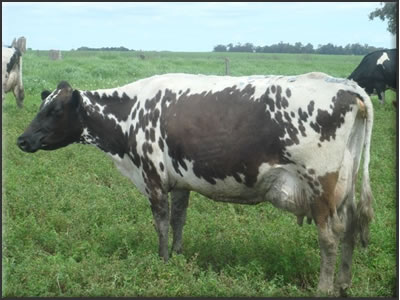
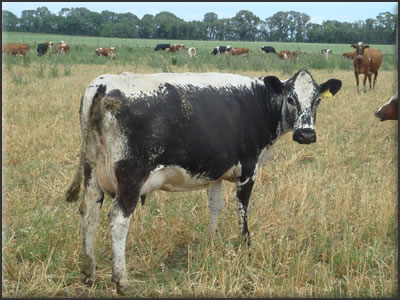
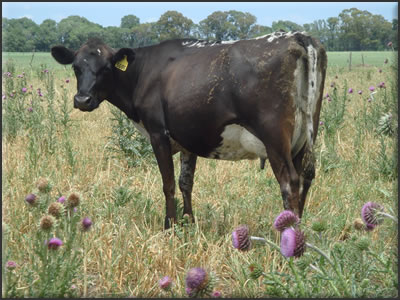
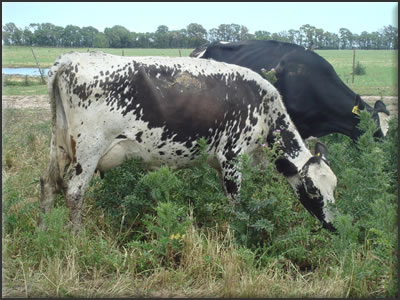
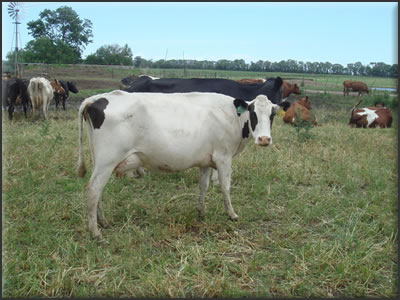
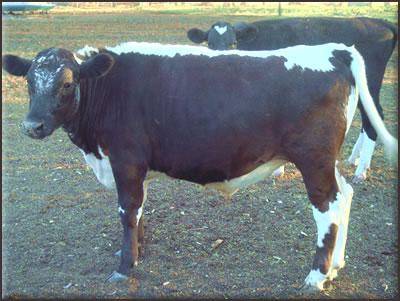
COPYRIGHT ©2010 - Viking Genetics Argentina - Desarrollado por EnfokeDigital Diseño Web & Grafico
